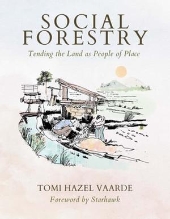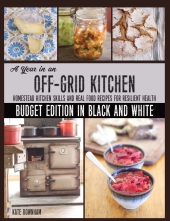I'm thinking about going for this, but honestly it seems like a lot of redundant work for someone who's been a student for ~20 years and practicing with clients for 5. For instance:
-If one has dried an herb for tea, why take pictures of the infusions/decoctions as well? Maybe for the first one, just to prove one has the concept down, but after that it just seems repetitive and Instagrammy rather than an effective documentation. Why not just keep client records? After all, it's wasteful to make infusions without an intended recipient, unless it's a nutritional preparation like nettles that one can drink nearly any time.
-What kind of quality-control is going into these journal entries? I already saw someone describe mugwort as a sleep aid in this thread, which is a pretty big misrepresentation (it increases the intensity of dreams, which could be seen as a benefit or detriment), and a lot of the information readily available to people is vague and treats nearly every herb as a panacea, rather than assessing them for their strong points with clinical data to back it up; while I understand the value of documentation, I'm more concerned with quality information than proof that someone can write notes (this is also a somewhat ableist way of prioritizing, speaking as someone with a neurodivergent brain). Personally, I don't have an herbal journal, but I do have a class notebook, many reference books, and pubmed (okay, actually scihub). I take classes only with clinical herbalists with significant experience, and ask questions when I get conflicting information. If I get bored in the wintertime, I *could* crib from Thomas Easley's Modern Herbal Dispensatory, but all that would prove would be that I can copy things down. I'm not saying I'll do that, just trying to point out the need for a different approach here, possibly.
-My apothecary has about 50 different tinctures in it, almost all wildcrafted or grown myself. Do you want me to spam y'all with photos of each jar/label? Each in a different thread? Same for all of my dried herbs? Is there a place where the solar dehydrator I'm building this summer should go?
-my clinic notes are usually a page long for my first session, and grow from there, and I don't think I could ever say for certain that what I offered was what caused the change. I can offer strong correlation, but not causation (sorry Watson). Should I post my whole file on each person, with the name blurred out? What should those of us who treat people rather than conditions do? Often people come in with layers of issues, and the protocols are working to support overall health, sometimes in an allopathic ('this for that') manner, sometimes in a more whole-person fashion. Is there a place for this kind of treatment in the PEP badge? Shouldn't there be? What about all the people I work with who don't fall under any of the conditions listed? Might it be more useful to list categories of conditions rather than individual ones? Examples might be by body system, acute vs chronic, with subcategories, etc. Also, what are our diagnostic criteria? I've treated three people with endometriosis, only one of whom had had surgical confirmation of lesions. Are we going by western diagnostic criteria, which don't acknowledge a problem until a biopsy is done, or can we allow that someone without health insurance but who has debilitating pain 2 weeks/month probably isn't just making it up? Conversely, what are we doing to filter out people 'curing cancer' that was never diagnosed?
-is there any required reading? Are ethics covered? What are our community standards for ethical wildcrafting?
I'm sure I could come up with more, but I've used up enough of your time already, curious to see what you have to say.









